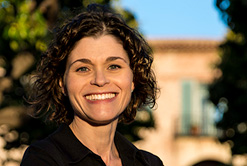Now that the next medical school application cycle is on the horizon, I want to remind candidates about the Association of American Medical Colleges’ (AAMC) Fee Assistance Program (FAP) and Insider Medical Admissions’ available discount for those with a current FAP. The FAP is designed to offer help to individuals with financial limitations who cannot pay the MCAT registration and/or AMCAS application fees without financial support. (Of note, there also exists an FAP for dental school candidates through the American Dental Education Association.)
If you think you are eligible, it’s worth applying for an FAP grant early: When applicants submit their AMCASes prior to receiving decisions on their FAP applications, those candidates are ineligible to receive the FAP benefits for the AMCAS even if their FAP grants are approved. In other words, the FAP is not retroactive. You snooze, you lose.
There are other benefits including a free two-year subscription to the Medical School Admissions Requirements database, discounted AAMC PREview exam registration fees, and a 60% fee discount on up to 50 applications for residency through the ERAS.
For more information on the FAP, please click here. I offer a significant discount on one non-package service for any pre-med applicant who can demonstrate financial hardship through a current AAMC FAP grant. After researching the issue, I believe Insider Medical Admissions is the only medical admissions consulting company that currently supports a discount for FAP grant recipients. (I apologize if I’m missing a company.) Once you have been granted the FAP and thus, can prove receipt, please feel free to contact me for more information.

